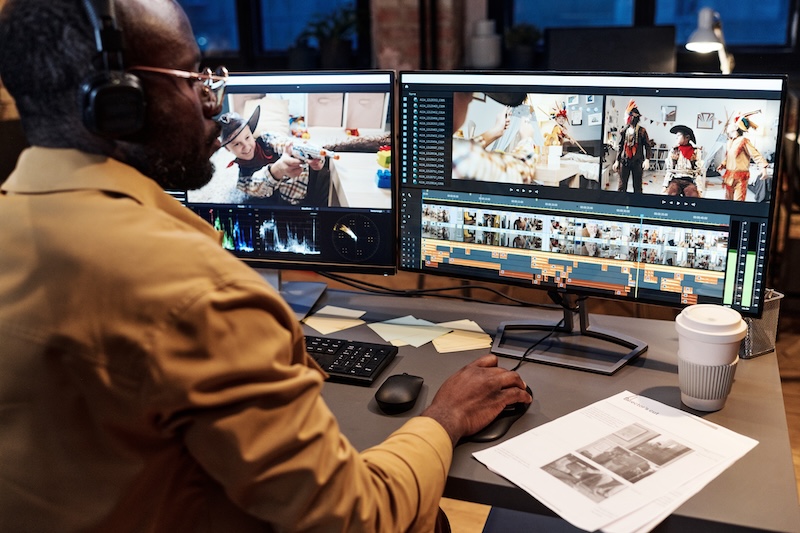How to Easily Record System Audio on a Mac Using the Zoom app
We have found that recording system audio on a Mac can be an absolute pain. There are plugins and we have bought many of them over the years but beyond the cost, system updates change the game.
Unlike some other PC-based operating systems, macOS doesn’t offer an easy way to capture internal audio with built-in apps like QuickTime. When you’re creating videos that are pulling archive and music from all sorts of sources, this can present a problem. As you will have seen elsewhere, downloading third-party tools like BlackHole or Soundflower can be a solution and yes they can work well but often require some setup and configuration.
However, if you’re looking for a free, quick and easy method, especially if you only need to do this once every couple of months, there’s a simple trick that makes use of an app many of us already have……Zoom. That’s right Zoom, the video conferencing tool has an amazing feature that allows you to share your computer’s audio. With a little creativity, you can use that feature to route system audio into QuickTime for recording.
Here’s how it works.
- First, open up Zoom and start a new meeting with just you *no need to invite anyone else)
- Once you’re in the meeting, click on “Share Screen,” go to the “Advanced” tab, and choose the option labeled “Computer Audio.” This causes Zoom to create a virtual audio input device called “ZoomAudioDevice,” which captures all of the sound your Mac plays.
- Next, open QuickTime Player and select “File” > “New Audio Recording.” Before hitting record, click the little arrow next to the record button to change the input source. From the list of microphones, choose “ZoomAudioDevice.”
- After that step, when you press record and start playing any audio on your Mac, whether it’s from a browser, music app, or game, QuickTime will capture it directly, clean and clear.
Basically, Zoom is intercepting your Mac’s system audio and routing it through a virtual input so it can be shared during a call. But because that input shows up as a selectable microphone, you can also capture it using QuickTime or any other audio recording app. It’s a really quick and clever workaround and importantly it’s free!



